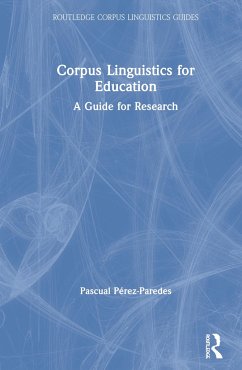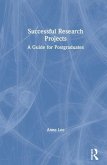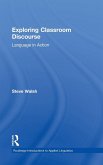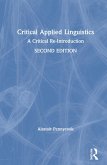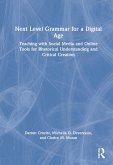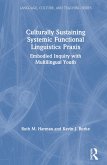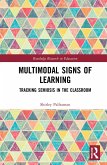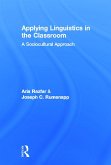List of figures
List of tables
Preface
Acknowledgements
Chapter 1: Introduction: corpus linguistics and education research
1.1 What is corpus linguistics?
1.2 The role of corpus linguistics research methods in education research
1.3 Understanding the role of frequency
1.3.1 Frequency in L1 learning and use
1.3.2 Frequency in public discourse
1.3.3 Frequency in texts or groups of texts
1.3.4 Skill 1: Why frequency matters
1.3.5 How to interpret frequency
References
Chapter 2: Analysing text
2.1 Different approaches to text analysis
2.2 Text as register
2.2.1 Corpus linguistics and the analysis of register
References
Chapter 3: Corpus linguistics approaches to understanding language use
3.1 Understanding and researching language use: discovering patterns
3.1.1 Corpus linguistics outside linguistics?
3.1.2 Case study 1. Examining interviews: qualitative versus CL methods
3.1.3 Case study 2. Examining policies: combining content analysis and corpus methods
3.1.4 Using an existing corpus
3.2 Reading concordance lines
3.2.1 How to read concordance lines?
3.3 Handling frequencies
3.3.1 Corpus size and relative frequencies
3.4 Collocations
References
Chapter 4: Researching education policies: using your own corpus
4.1 Basic corpus design features
4.1.1 Designing corpora
4.2 Comparison basics and significance testing
4.2.1 Comparison basics and part of speech (POS) tagging
4.3 Reviewing skills 1-11
4.3.1 Chapter 1
4.3.2 Chapter 2
4.3.3 Chapter 3
4.3.4 Chapter 4
References
Chapter 5: Interview data: transcription and annotation
5.1 Transcription: so much more than a monotonous task
5.2 Transcription basics
5.3 Adding structure and metadata to a corpus
5.3.1 Annotating a corpus using our own tags
5.3.2 Annotating a corpus using standard XML guidelines
References
Chapter 6: Examining lexis. analysing peace treaties and children´s literature
6.1 Examining lexis
6.2 Researching the lexicon: keywords
6.2.1 Introducing keyword analysis
6.2.2 Keyword analysis: a step-by-step guide
6.3 Researching nouns and noun phrases
6.3.1 Exploring individual nouns
6.3.2 Exploring multiword units
6.4 Analysing children´s literature: the lexicon of fiction
References
Chapter 7: Analysing talk: complex searches
7.1 Examining talk: a linguistic perspective
7.2 Complex searches
7.2.1 Living in a city
7.2.2 Understanding cultural differences
7.2.3 How is their family life impacted by work?
7.3 Putting all together: reviewing skills 12-17
7.3.1 Chapter 5
7.3.2 Chapter 6
7.3.3 Chapter 7
References
Chapter 8: Conclusion
References
Index

